
Date: September 17, 2017. Location: Johnson county private property
| Classification Hierarchy | |
| Kingdom | Plantae |
| Subkingdom | Tracheophyta |
| Superdivision | Spermatophyta |
| Division | Magnoliophyta |
| Class | Magnoliopsida |
| Subclass | Asteridae |
| Order | Asterales |
| Family | Asteraceae |
| Genus | Solidago |
| Species | Solidago altissima |

Date: September 17, 2017. Location: Johnson county private property
USDA Plant Profile Flora of N. America Iowa Prairie Plants
Scientific Name: Solidago altissima (syn. Solidago canadensis var. scabra)
Common Name: Tall Goldenrod.
Origin: Native
Notes: Perennial, 5 to 6.5 feet tall, mesic to dry habitats. Similar species are S. canadensis, S. gigantea, and S. speciosa. Check the Solidago spp. page to compare these and check the comments section at the bottom of this page.
Additional references: 1, 2, 3, 4, 5, 6, 7, 8, 9, 10, 11, (video ~ 37 min.).
Stems: hairy throughout
Flowers: yellow; Inflorescence; various, secund (heads grouped on one side), heads with 3-6 disc florets and 8-13 ray florets, involucres 2.5-4.5 mm, cypselae 0.5-1.5 mm (excluding pappi). pappi 2-4 mm long.
Leaves: cauline leaves sessile tapering to bases, oblanceolate, length about 6 times width, margins entire or serrulate, adaxial surface feels rough (scabrous), strongly 3 nerved (two prominent secondary veins arise from the primary (mid) vein.
Glossaries of botanical terms: 1 2, 3, 4, 5, 6, 7.



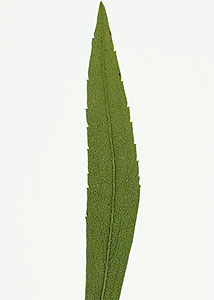
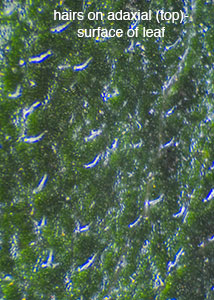
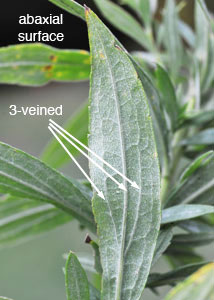
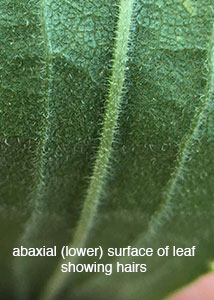


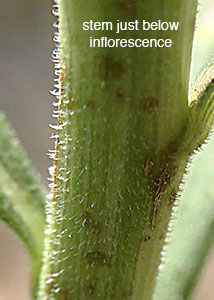
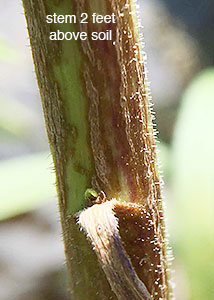



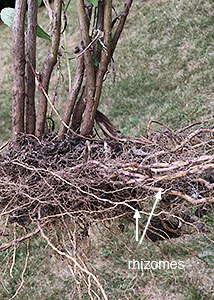
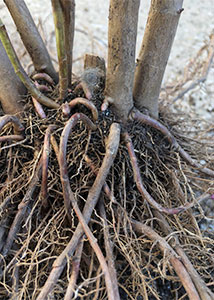
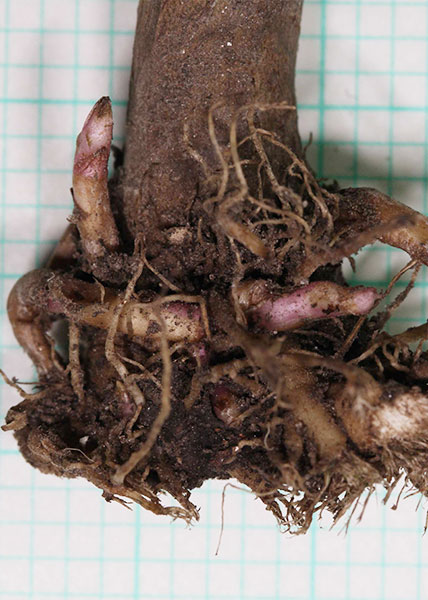
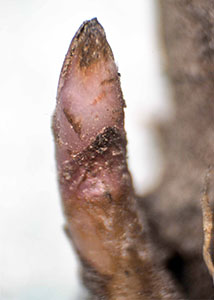
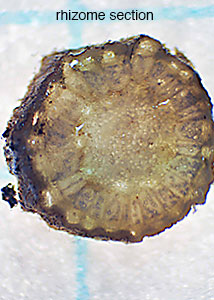
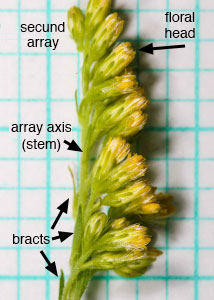
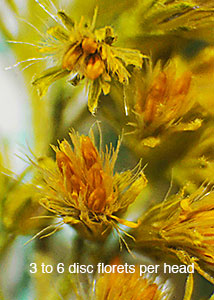
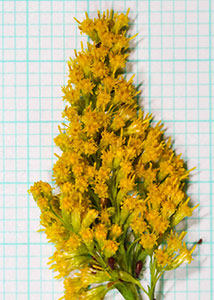


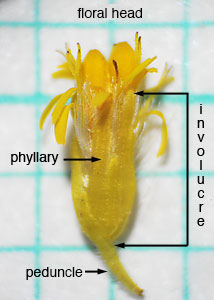
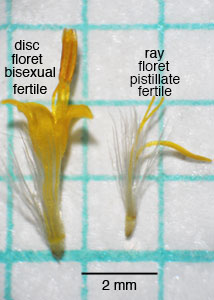
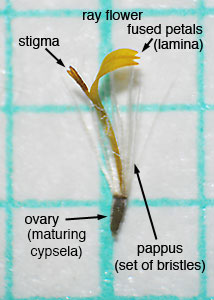


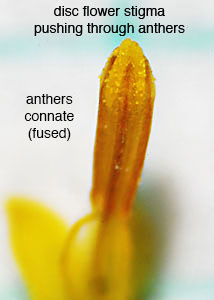
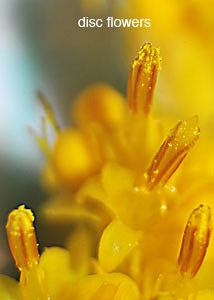
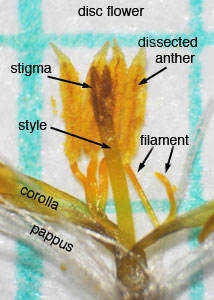

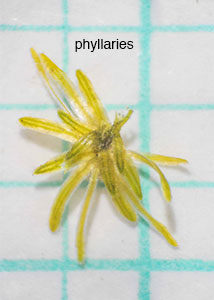


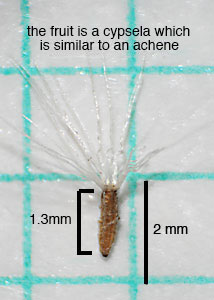
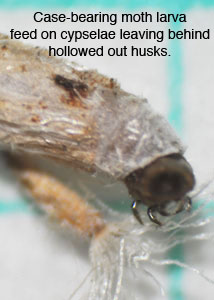
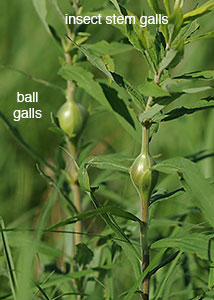
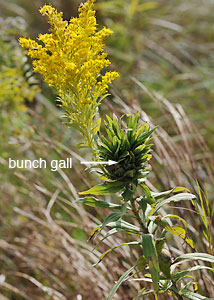
Comments: S. altissima (Tall Goldenrod), once considered a separate species, was latter classified as a variety of S. canadensis [variety scabra] (Canada Goldenrod) (This is still favored by some major herberia). Currently, based in part, on the preferences of gall forming insects, it is again considered, by FNA and others, as a single species composed of two subspecies. Both are attractive to the gall forming fly Eurosta solidaginis. On some plants of S. altissima and S. gigantea the stems contain insect galls 1 to 3 cm wide. The galls and stems are hairy on S. altissima and smooth on S. gigantea. Another similar species, S. canadensis, does not appeal to the gall fly, it also has hairy stems but its involucres average less than 3 mm long while those of S. altissima and S. gigantea average more then 3 mm long. S. altissima is also a host to bunch gall and elliptical gall forming insects and its seed heads are favored by Coleophora insects (case-bearing moths) 1, 2. To compare other Iowa Goldenrods go to Solidago spp.